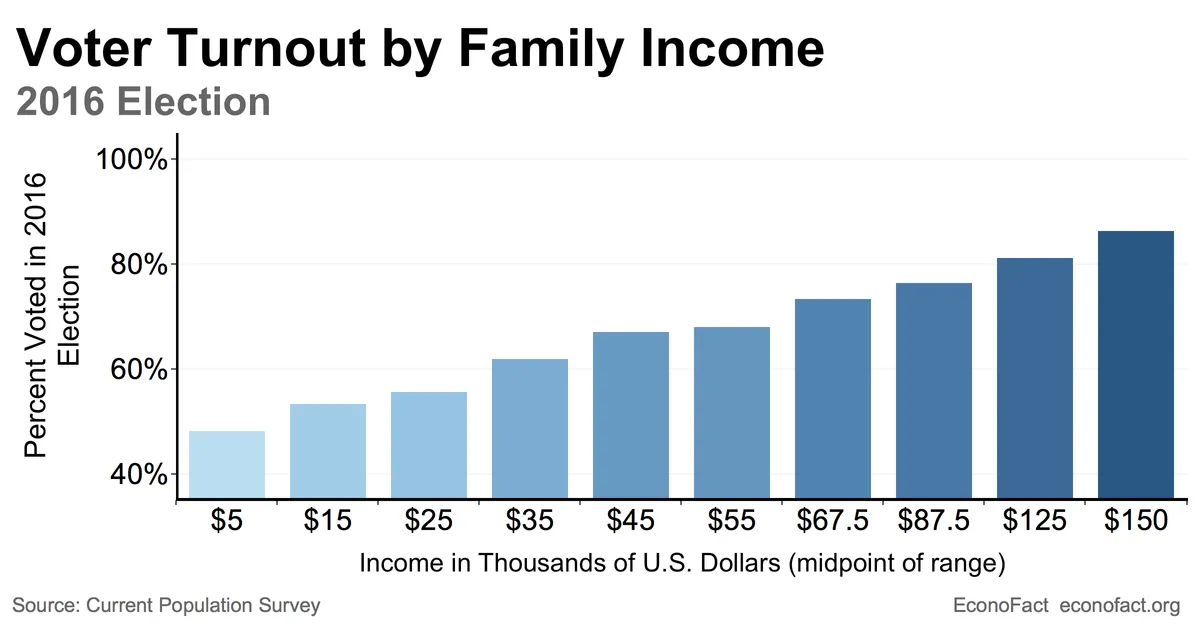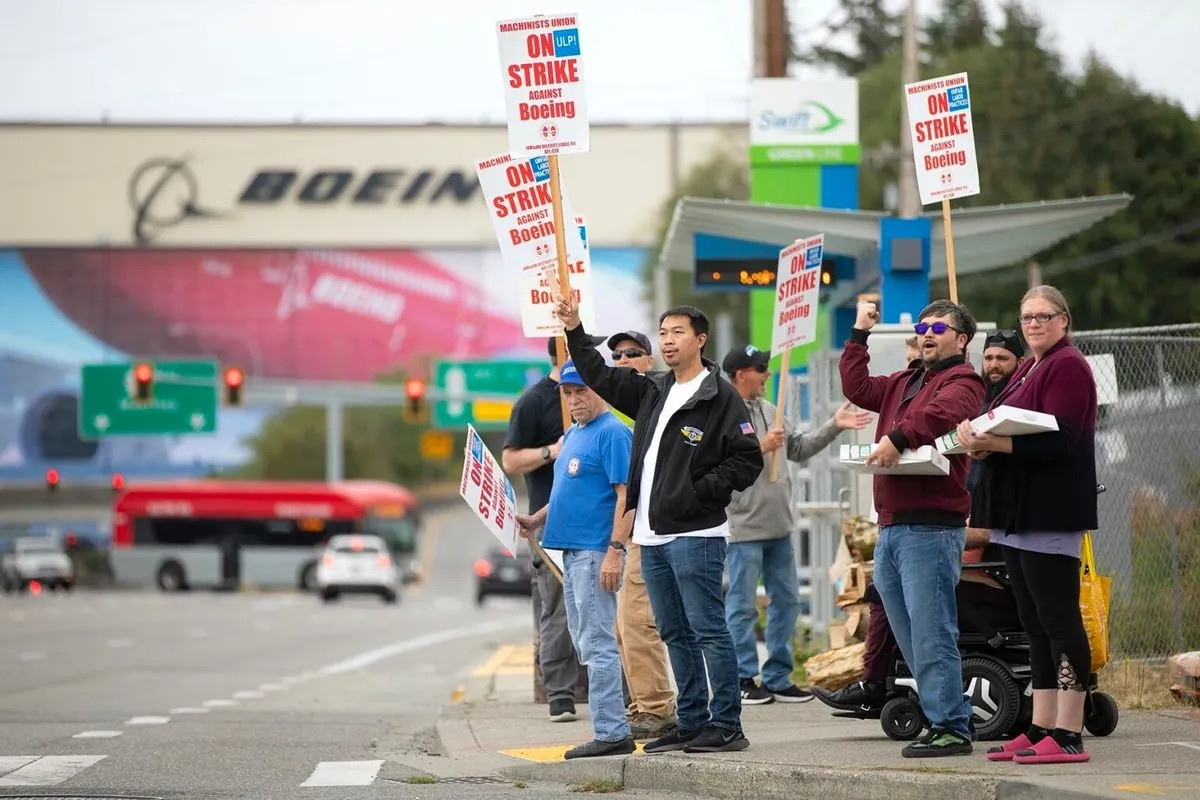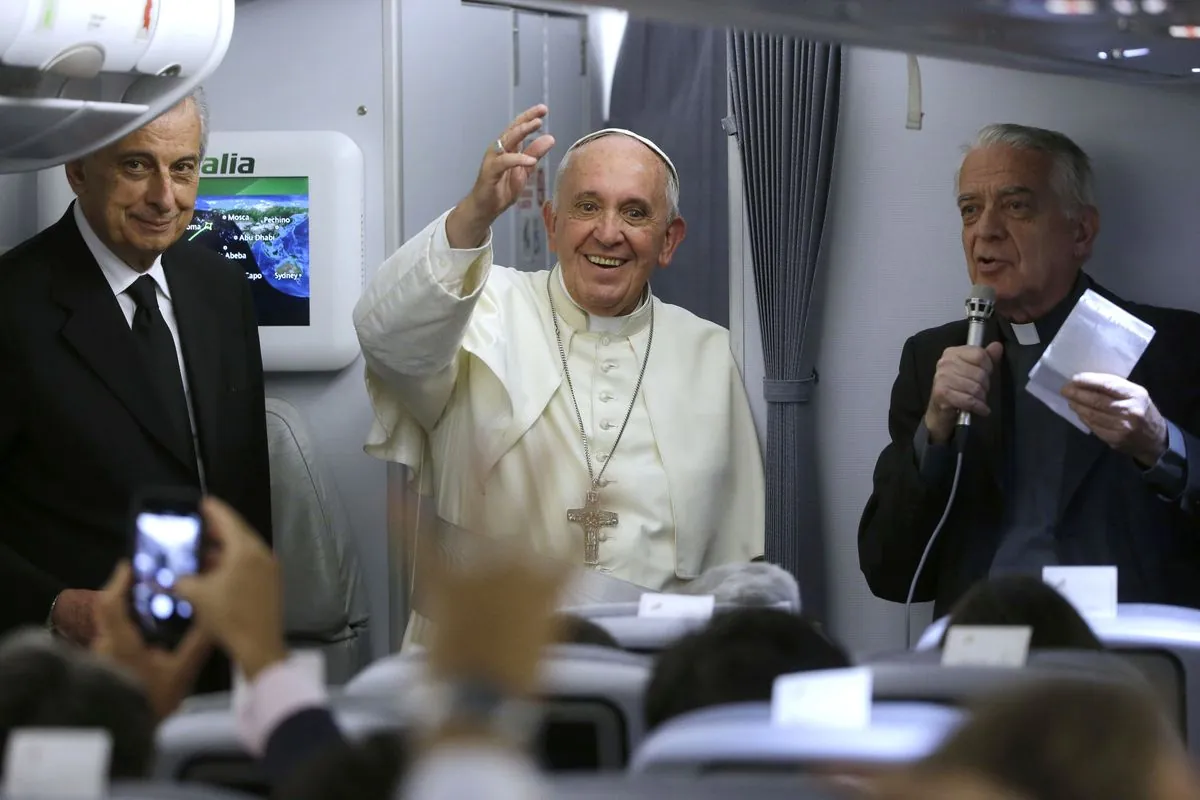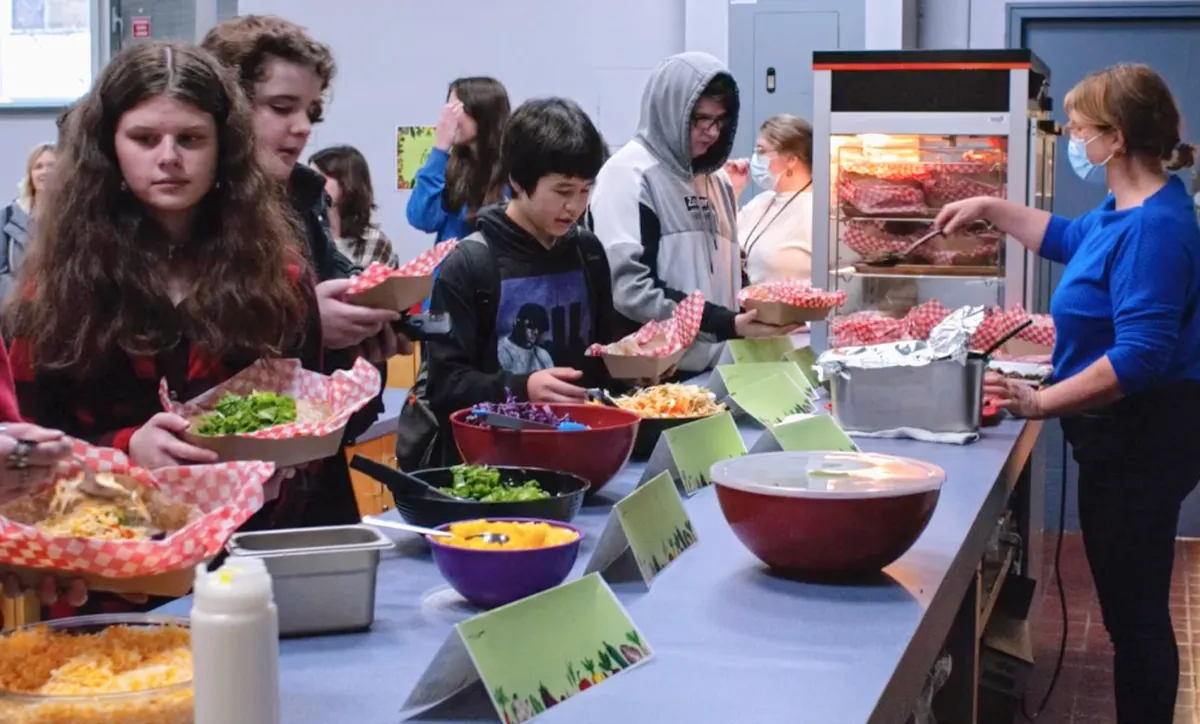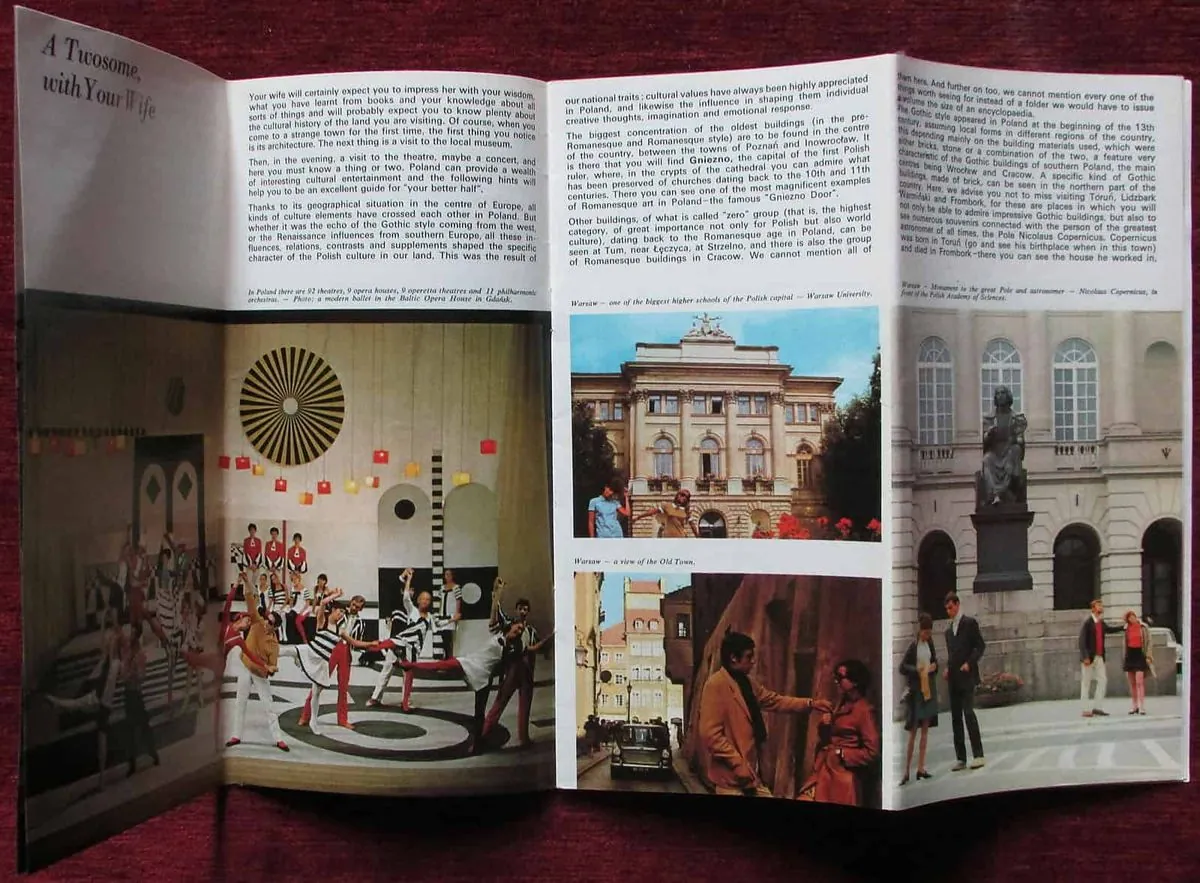The Myth of the Perfectly Informed Voter: Reality of U.S. Elections
Challenging the ideal of highly informed voters, this analysis explores the reality of American democracy, where party affiliations often trump detailed policy considerations in electoral decisions.
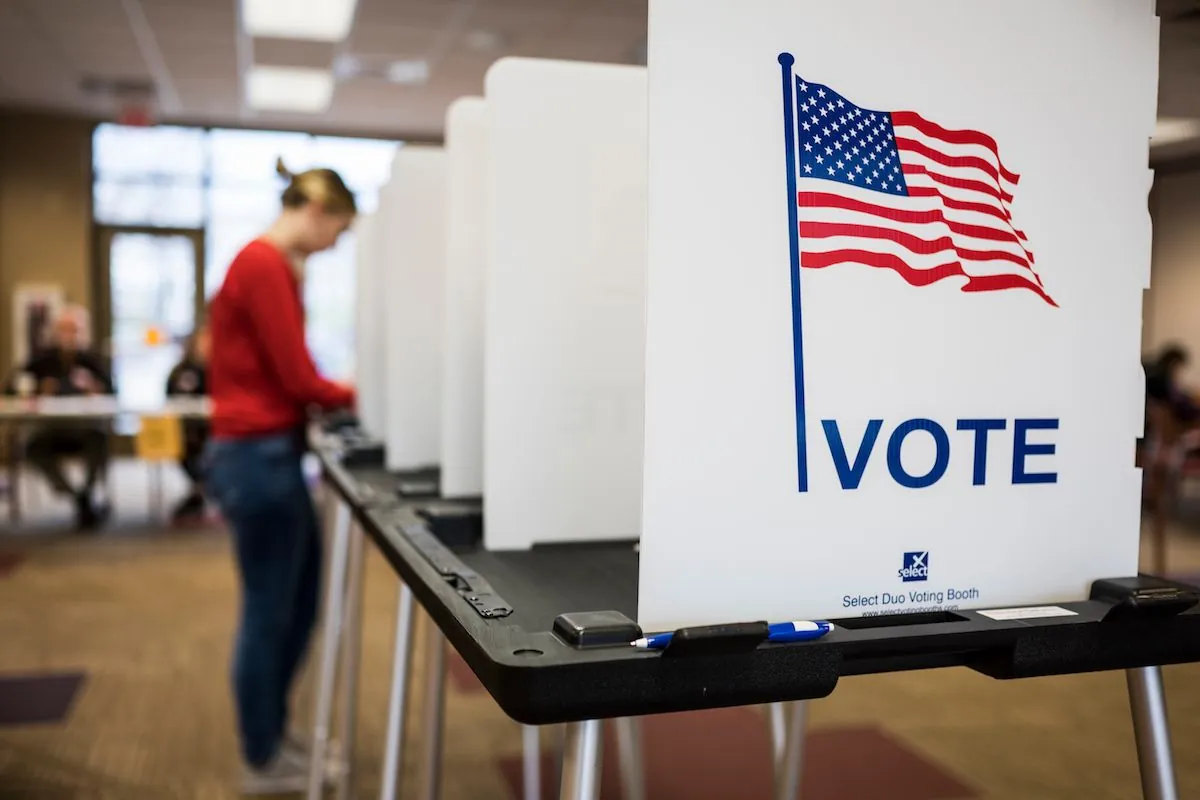
In the realm of American democracy, the notion of a meticulously informed electorate carefully weighing each candidate's stance is often more myth than reality. As the 2024 presidential election approaches, it's crucial to examine the true nature of voter decision-making and the evolving landscape of political engagement.
Kamala Harris and Donald Trump stand as the primary contenders, yet a significant portion of voters remain undecided. This phenomenon isn't necessarily due to a lack of information, but rather reflects the complex nature of voter engagement in modern America.
The simplification of political choice to party affiliation—Democrat or Republican—has become increasingly prevalent. This trend aligns with the concept of political realignment, where party affiliations shift over time, often leading to more polarized positions. In fact, the two-party system that dominates U.S. politics has its roots in the late 18th century, evolving into the current Democratic and Republican divide.
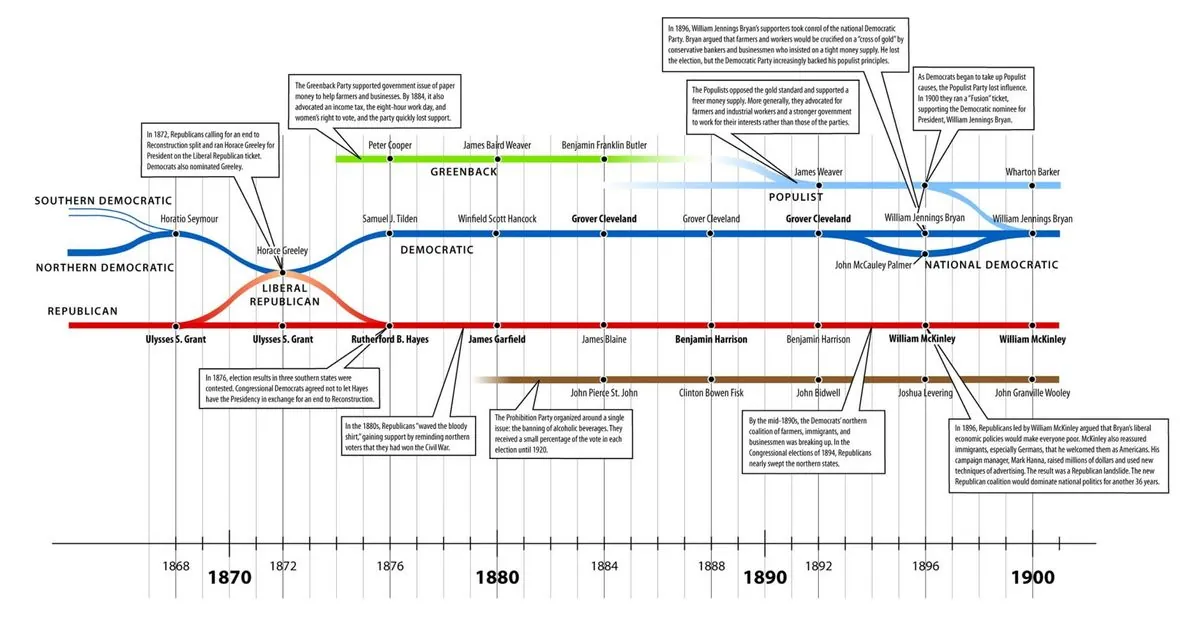
While some voters genuinely seek detailed policy information, many rely on the 'D' or 'R' next to a candidate's name as a shorthand for their values and positions. This approach, while seemingly simplistic, serves a practical purpose in a nation where presidential campaigns can span well over a year—far longer than in many other democracies.
The media landscape plays a significant role in shaping voter perceptions. Traditional outlets compete with podcasts and social media influencers for audience attention, a shift that campaigns are leveraging to reach key demographics. This evolution reflects broader changes in how information is disseminated and consumed, a trend that has accelerated since the rise of social media in the 2000s.
"Most of these are not the types of interviews that are going to press her on issues she may not want to talk about, even as voters want more specifics from Harris. Instead, expect most of these sit-downs to be a continuation of the 'vibes' campaign Harris has perfected."
This critique of Harris's media strategy highlights the tension between traditional journalism and modern campaign tactics. However, it may overestimate the demand for detailed policy discussions among undecided voters.
The reality is that voter engagement varies widely. Some individuals meticulously research candidates, while others remain largely detached from the political process. This spectrum of engagement has been observed for decades, as evidenced by Chris Hayes' experiences with Wisconsin voters in 2004.
As the election draws near, campaigns are likely to focus on mobilizing their base rather than swaying the undecided. This strategy acknowledges the importance of voter turnout, which typically ranges from 50% to 60% in U.S. presidential elections. Factors such as early voting, mail-in ballots, and efforts to combat voter suppression will play crucial roles in determining the outcome.
In the end, the path to victory in 2024 may depend less on winning over the undecided through policy debates and more on energizing those who already align with a party's values to cast their ballots. This reality challenges our idealized notion of democracy but reflects the pragmatic nature of modern American politics.
